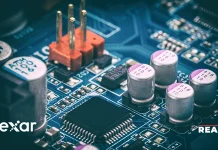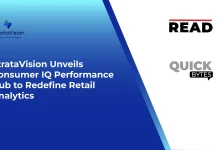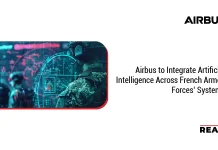The future of hydrogen aviation powered by H3 Dynamics’ distributed hydrogen propulsion nacelles has taken flight for the very first time in France.
“Not only is safety our first priority, but we don’t want hydrogen competing for revenue-generating airfreight and passenger space”
Following the announcement of its hydrogen aviation concept back in 2018, H3 Dynamics managed to become a topic at an Oval Office press conference on the very next day, and started what is now a global hydrogen aviation movement.
In November 2021, H3 Dynamics completed its first working hydrogen propulsion nacelle prototype. In July 2022, the first distributed pod system took to the skies on a scaled-down aircraft at “Hub Drones – Systematic” airfield near Paris. The hydrogen flight received clearance from the French civil air authorities (DGAC).
Also Read: Water Ways’ Canadian Subsidiary Order Backlog for 2023 Exceeds CAD$2,000,000
H3 Dynamics’ self-contained nacelle approach addresses technical, safety and cost challenges hydrogen aircraft developers could face at some point in the future. It achieves this by placing hydrogen and smaller fuel cells across a series of collaborative propulsion nacelles under the wings. A new 2022 study forecasts the global thrust nacelle market to reach $7 Billion by 2030 highlights H3 Dynamics’ hydrogen solution as a key new opportunity in the sector.
Other, higher-visibility hydrogen aircraft proponents will fly larger size aircraft much sooner – but they will do so by converting existing aircraft using fuel cells sourced from the automotive world – and storing large amounts of gas or liquid hydrogen inside the main fuselage.
“Not only is safety our first priority, but we don’t want hydrogen competing for revenue-generating airfreight and passenger space,” said Taras Wankewycz, Founder/CEO of H3 Dynamics. Distributing small systems solves technical headaches, such as thermal management, and increases safety through multiple redundancy.
H3 Dynamics’ 25kg test aircraft is already a breakthrough – with an electric flight range of up to 900km on liquid hydrogen, or 350km with pressurized hydrogen. Its externalized nacelle design also frees up 30L of fuselage volume with no hydrogen nor any powertrain elements inside. H3 Dynamics’ hydrogen propulsion nacelles could potentially become a “snap-on” retrofit for battery-powered unmanned eVTOL or fixed wing cargo drones.
Preparing for the arrival of much longer duration unmanned hydrogen flights – H3’s Dynamics started to work on airspace safety with world-leading air traffic control companies. It has been building experience with high-volume enterprise data services being deployed in smart cities such as Singapore, and gradually coupling these with drone-agnostic charging stations.
SOURCE: Businesswire




